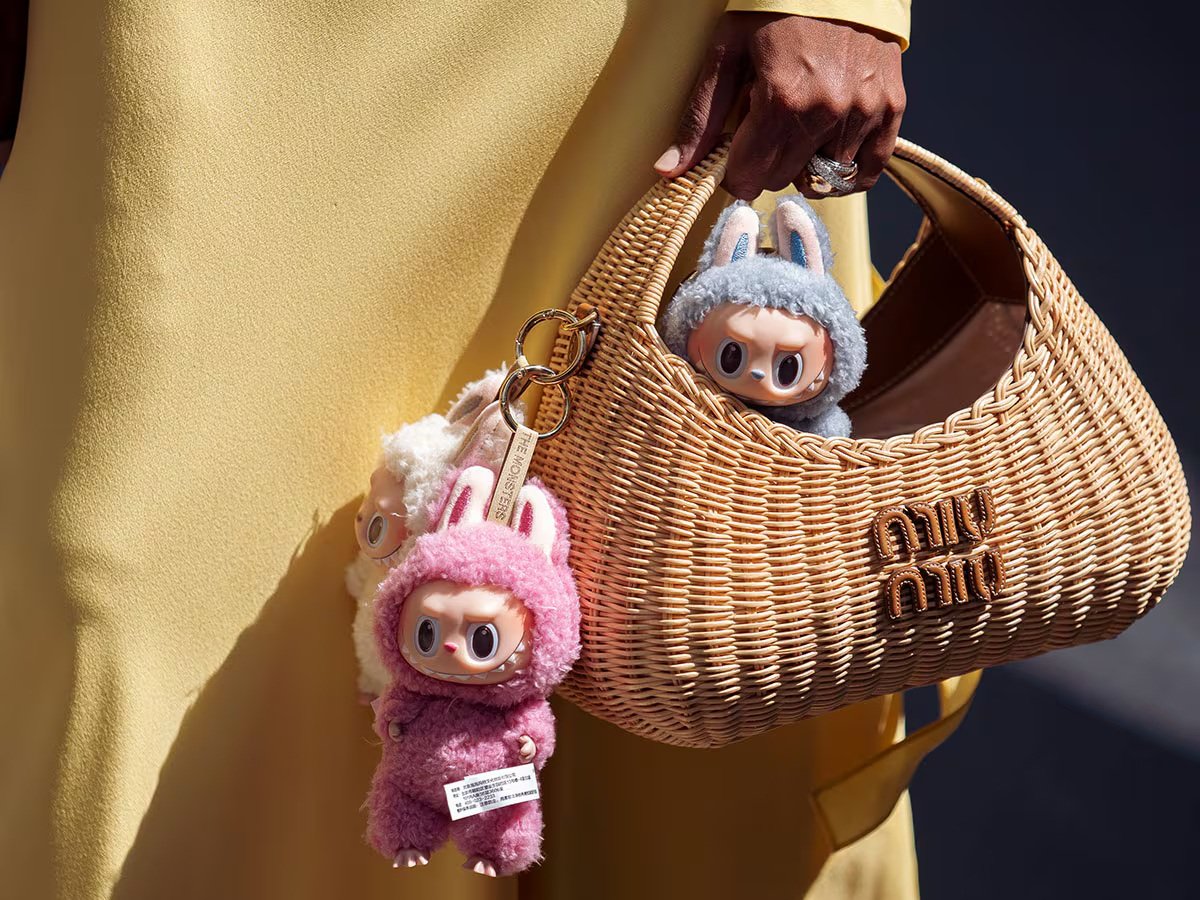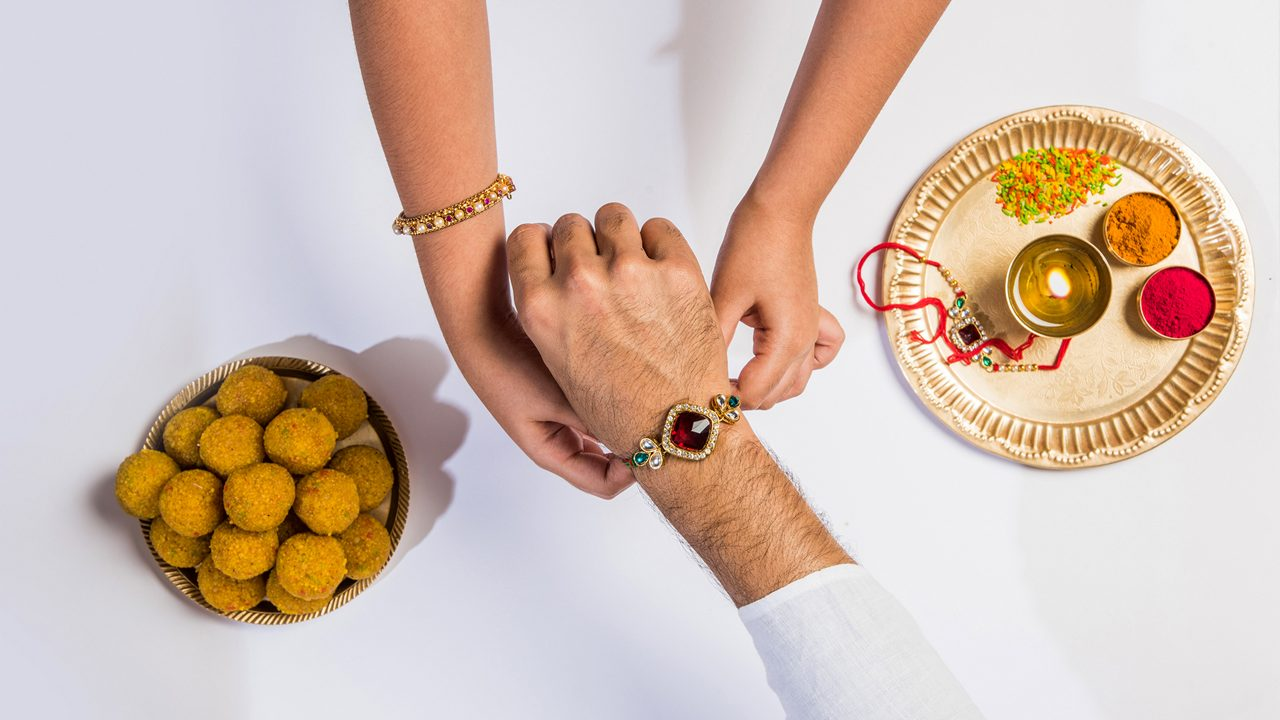What Are Labubu Dolls? The Wild Story Behind the Internet’s Favorite Toy

Remember when people were running around parks chasing virtual monsters with Pokémon Go? Well, the world’s fascination with quirky creatures is far from over. Enter Labubu dolls—weirdly cute, mysteriously mischievous, and outrageously collectible. Born out of Chinese pop culture and backed by A-list celebs, these elfin monsters have taken the world by storm. But here’s the million-dollar question: are Labubu dolls just another toy trend, or is there something more to this madness?
Let’s dive into the world of Labubu, where fantasy meets fame, and things get just a little… spooky.
What Exactly Are Labubu Dolls?
If you’ve seen those fuzzy little characters with devilish grins and bugged-out eyes hanging off designer bags, chances are you’ve already encountered a Labubu doll. These strange-yet-adorable creatures are part of a collectible toy series called The Monsters, created by Hong Kong artist Kasing Lung. But don’t let the innocent name fool you—these dolls come with attitude.
Think elf meets gremlin meets stuffed animal—and somehow, it just works.
The Origin Story: A Designer’s Fantasy Comes to Life
Labubu wasn’t born in a marketing boardroom. Instead, it came from the mind of Kasing Lung, a talented illustrator with a love for whimsical fairy tales. After moving to the Netherlands, Lung began sketching characters inspired by his childhood reading, which eventually turned into a storybook series. One of those characters was Labubu.
In 2019, Lung teamed up with Chinese toy giant Pop Mart, and the Labubu dolls we see today were born. The character’s odd charm—a mash-up of soft plush bodies and bold vinyl heads—made them stand out in the saturated toy market.
What’s in a Name? Labubu Means… Absolutely Nothing
Surprisingly, the name “Labubu” doesn’t mean anything at all. It’s pure whimsy. That randomness is part of the magic—it’s just a name, much like how “Pokémon” or “Totoro” became iconic without translation.
Labubu is actually one of several characters in The Monsters universe, which includes equally quirky names like Zimomo, Tycoco, and Mokoko. To the untrained eye, these dolls might look alike, but die-hard fans know better. Each has its own subtle personality, backstory, and collectible variations.
From Shanghai to Hollywood: Labubu Goes Global
So how did a quirky Chinese designer toy go viral? The answer lies in one word: celebrity.
Mega-celebs like Rihanna, Dua Lipa, Kim Kardashian, and Lisa from BLACKPINK have been spotted flaunting Labubu charms on luxury bags. In India, the trend’s caught fire too. Actress Ananya Panday and influencers like Shantanu Dhope and Alicia Kaur proudly show off their Labubu collections on Instagram.
Suddenly, it wasn’t just a doll—it was a status symbol.
The Blind Box Experience: A Gamble That Fans Love
If you thought you could just walk into a store, pick your favorite Labubu, and walk out—you’re in for a surprise.
Labubu dolls are often sold through blind box drops. You never know which design you’ll get until you open the box. That sense of mystery and anticipation drives fans to buy multiple boxes in hopes of getting their dream doll—or a rare limited edition.
In India, blind boxes typically retail between ₹2,200 to ₹4,500. But some rare finds? They’re being resold for up to ₹15,000 or more. And globally? Try $3,000 to even $7,000 on resale platforms like StockX or eBay. Yep, it’s that serious.
Labubu Mania: Stories from Real Fans
Shantanu Dhope, a beauty influencer, was instantly hooked. “It’s the face,” he says. “They look like they’re up to no good—and that’s exactly why I love them.” He owns four and shelled out around ₹6,000 for them during a trip to Bangkok.
Then there’s Ayushi Salvi, a Mumbai-based publicist who got her first Labubu in Hong Kong after spotting locals with them clipped to their bags. “It was like discovering a hidden club,” she recalls. “Everyone had one, and no one could tell me where they got theirs. It was like hunting for treasure.”
And Alicia Kaur, a model, didn’t even know Labubu existed until a friend gifted her one. “It was ugly-cute and fluffy. My doll’s name is Happiness. It’s got a cheeky grin and sparkly eyes—it’s literally me in toy form.”

Where to Buy: The Hunt Is Real
Labubu dolls are officially available at Pop Mart outlets around the world. But because of high demand, they’re often sold out.
So fans turn to resellers—like Hype Fly India, Crep Dog Crew, and other online retailers. In the U.S., the dolls typically go for $15–$30, while in Japan, they cost around ¥1,500–2,500. But limited editions? They can fetch hundreds or thousands depending on rarity.
Pop Mart has even launched over 2,000 roboshops (yes, vending machines!) in more than 30 countries to meet demand.
The Dark Side: Are Labubu Dolls… Cursed?
Here’s where things take a creepy turn.
Some owners have shared chilling stories online. Dolls with glowing eyes, scratch marks on their bodies, and feelings of being watched. A few have even burned their Labubu dolls, claiming bad luck or “demonic vibes.”
The conspiracy theory? That Labubu is linked to Pazuzu, a Mesopotamian demon known from horror flicks like The Exorcist. The internet exploded when someone posted a video comparing Labubu to Pazuzu—and included a clip from The Simpsons, where a demon doll possesses a baby.
Sounds nuts, right? Well, it went viral.
Debunking the Demon Theory: Just Fairy Tales, Folks
Let’s set the record straight. Kasing Lung created Labubu as a character inspired by European fairy tales, not dark mythologies. He’s said the characters come from his own childhood imagination. According to Pop Mart, Labubu may look mischievous—but it’s kind-hearted and helpful.
There’s zero evidence linking Labubu to anything evil or demonic. Just the internet doing what the internet does best—freaking out over coincidences.The Fake Labubu Market: Enter the ‘Lafufu’
Where there’s hype, there are fakes.
Chinese customs officials recently seized over 70,000 counterfeit dolls, often branded as “Lafufu”. These knockoffs usually have flashier packaging and more than Labubu’s signature nine teeth—a dead giveaway for collectors.
Despite their dodgy origins, even the fakes are gaining attention online, largely because they’re cheaper. But seasoned fans? They know better.
Labubu Goes Billionaire: Pop Mart’s Insane Profit Surge
Thanks to Labubu’s massive success, Pop Mart CEO Wang Ning is now one of China’s youngest billionaires. In May 2025 alone, Ning’s net worth jumped by $1.6 billion—in just 24 hours!
Pop Mart’s blind-box strategy and global expansion have made the company a toy industry juggernaut, with Labubu alone bringing in nearly $400 million.
Now that’s what you call a monster success story.
Will the Labubu Hype Last?
Some fans believe the magic will stick around. The blind box format, the celebrity buzz, and the toy’s unique design offer lasting appeal. Model Alicia Kaur is all in: “It’s a vibe, and I don’t think it’s going anywhere soon.”
But others, like influencer Dhope, think it’s a passing fad. “It started with celebrities flashing them. Give it a few months—it’ll blow over.”
So who’s right? Only time will tell.
Read More: Your Ultimate Guide to Christmas 2025: Dates, Decorations, Gifts & More
Conclusion
Whether you’re smitten by its toothy grin or weirded out by the glowing eyes, one thing’s for sure—Labubu dolls have made their mark. They’re part collectible, part fashion accessory, and a whole lot of fun. And while some may call it a fad, Labubu’s global presence, celebrity backing, and Pop Mart’s billion-dollar success say otherwise.
So, is Labubu just a toy? Or is it something more? One thing’s certain—it’s not your average teddy bear.
The story of Labubu is a wild ride—part pop culture, part art, part urban legend. It shows how a quirky idea, a bit of clever marketing, and a sprinkle of internet chaos can turn a humble toy into a worldwide phenomenon.
If you haven’t already joined the Labubu bandwagon, now might be the time. But remember—open those blind boxes with caution. You never know what you’re going to get.



